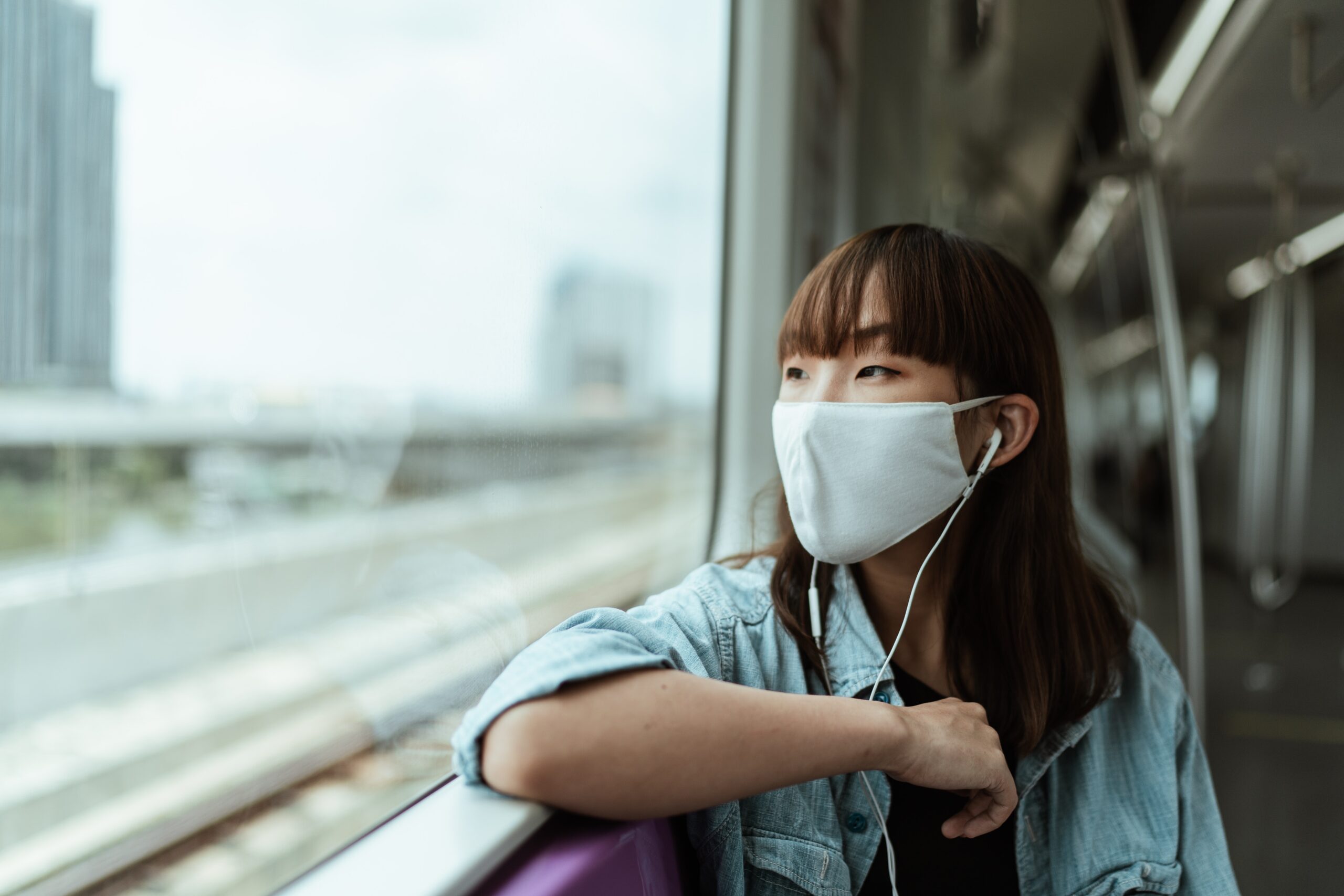Over the past year, the COVID-19 pandemic has hit AAPI women particularly hard as businesses continue to close and caregiving responsibilities increase. While AAPI women consistently earn more than any other group of women in the United States, both prior to the pandemic and now, the gender wage gap persists, with AAPI women earning 84.6 percent of White men’s earnings, and only 73.3 percent of AAPI men’s earnings. For many AAPI women, the wage gap perpetuates existing inequalities, and combined with the effects of the pandemic, has resulted in increases in unemployment and poverty for themselves and their communities.
According to IWPR’s most recent analysis, AAPI women earned less than White, non-Hispanic men in all but one of the 44 states plus DC where data are available. Additionally, in the states with the largest AAPI populations – California, the District of Columbia, Texas, and Washington – AAPI women made less than 80 percent of their White male peers. Delaware was the only state where AAPI women out-earned White men, with an earnings ratio of 101.8 percent. However, in Alaska, AAPI women made only 58 percent of their white male peers, a stark contrast from earnings in Delaware and other states with smaller disparities for AAPI women.
Because of comparatively high median earnings, AAPI women are largely assumed to not experience many of the challenges other women of color face, but they are not immune to race and gender based obstacles. AAPI women are often perceived as exotic, docile, and submissive, which brings additional barriers in the workplace, while also facing the model minority stereotype. For many women, the model minority stereotype downplays the discrimination and structural obstacles AAPI women face and reinforces the distance between AAPI women and other women of color.
High median earnings also hide large disparities between AAPI women. The Asian and Pacific Islander racial category is comprised of an extensive list of ethnic groups which experience great variation in earnings, educational attainment, and poverty. For example, Taiwanese, Indian, and Malaysian women earn over twice the median annual earnings of Cambodian, Hmong, and other Pacific Islander women. A high number of AAPIs also do not have U.S. citizenship, with about one in eight undocumented workers identifying as Asian and/or Pacific Islander.
As the pandemic continues, AAPI women remain vulnerable to additional racial challenges with a rise in hate crimes and discriminatory acts aimed at the AAPI community. Combined with the financial and emotional burdens of the pandemic, the movement toward equal pay is more important than ever.


